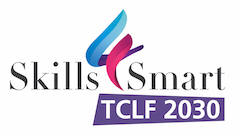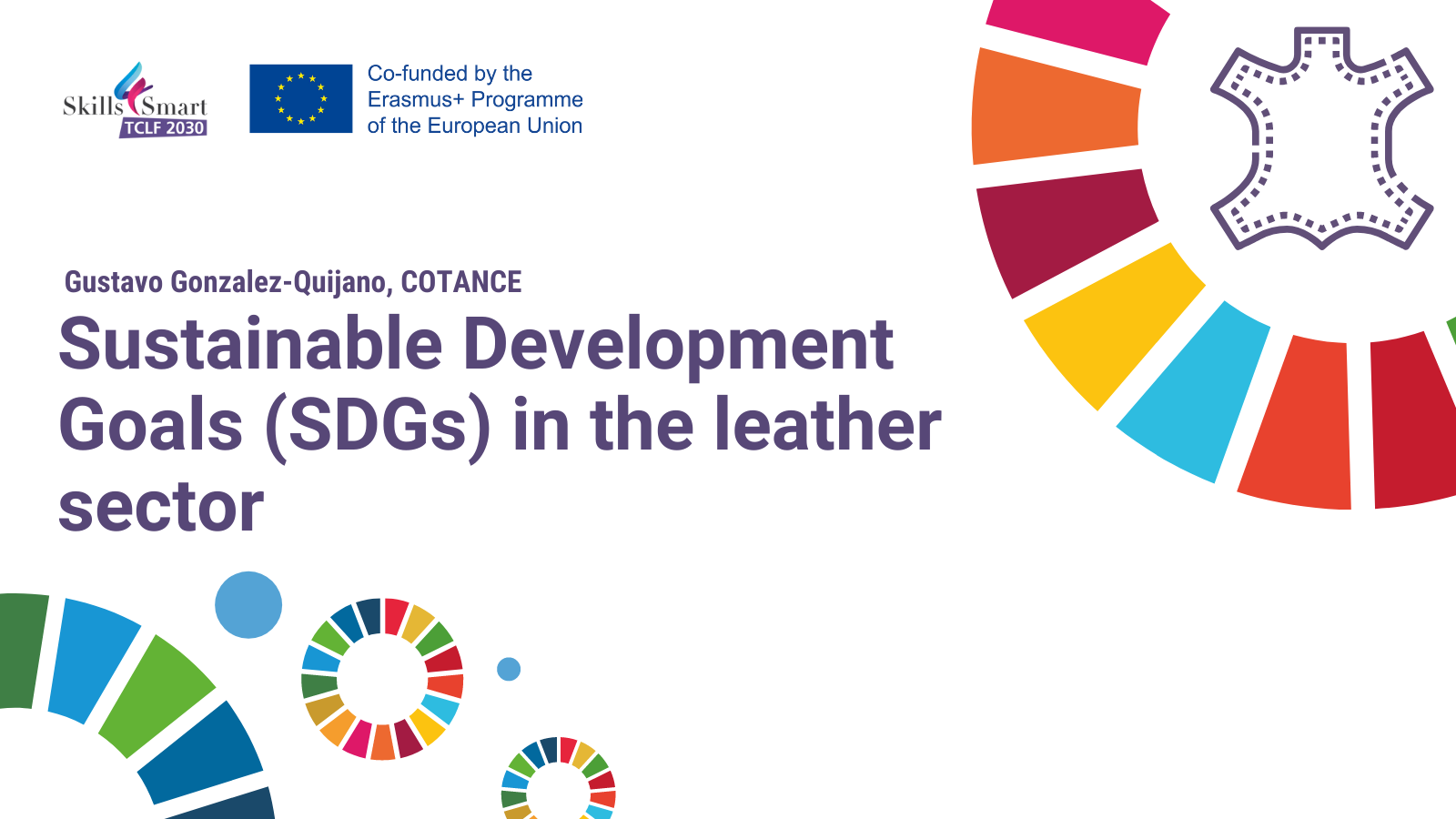The SDGs at a glance
In 2015, the UN approved the 2030 Agenda for Sustainable Development, an international agreement signed by 193 countries, which means an opportunity for countries and their societies to embark on a new path towards a better and more sustainable future.
This initiative seeks to address the global challenges the world is facing, from eradicating POVERTY and reducing INEQUALITY, to reversing CLIMATE CHANGE and ENVIRONMENTAL DEGRADATION, among others.
This is how the 17 Sustainable Development Goals (SDGs) came about, which in turn include 169 action targets, which will be measured through a general framework of 230 indicators agreed in 2016 and which will be used as a reference. They address the fundamental causes of poverty and the violation of human rights and propose changes for all people and the planet from the three fundamental dimensions: economic, social, and environmental.
To date, global efforts have been insufficient to successfully meet the SDGs by 2030, according to the UN’s 2020 Sustainable Development Goals Report. Furthermore, the global health emergency we are currently experiencing due to COVID-19, which has led to an unprecedented health, economic and social crisis, makes it even more difficult to achieve these Goals
On the business side, the report calls for recovery plans to facilitate the shift to a low-carbon, climate-resilient economy. In this respect, European industry, including the footwear and components industry, as a stakeholder for change, must integrate the sustainable development goals into their activities and make a commitment to contribute to their achievement and, therefore, to the sustainable development of the sector.
The leather industry
Since the eve of time, mankind has recovered the hides and skins of animals killed for food and valorised them into a material, leather, serving multiple purposes, from clothing and footwear, to musical instruments, cult objects and art.
It has evolved from being a craft to a modern industry, improving the production processes and the product performances with the scientific progress. Yet today, modern tanning is not ubiquitous and next to highly capital and technology intensive industries, such as in the European sector, and appalling scenes can still be found in certain developing countries where social and environmental principles are ignored.
However, the very nature of tanning remains an intrinsically circular economy activity, as it acts in symbiosis with the meat sector, cleaning its act and avoiding that hides and skins become waste. Leather making can probably claim recycling rates close to 100%, higher than any other material.
Sustainability is a state of mind for European tanners.
Europe’s leather industry produces approximately 16% of all leathers sold in the world. Volume-wise Europe has lost significant market shares to competitors in low-cost countries. But in terms of value, European leather represents 35% of the global market, by far the most value-adding leather sector worldwide. European tanners take pride in producing the most beautiful leathers in the world’s best social and environmental conditions.
Images of dreadful circumstances in which leather is produced in certain developing countries from where low-cost, fast fashion brands and retail chains get their supplies, have done great harm to the industry. Reputational damage hurts all leather without distinction, and it takes time and efforts to rebuild its fame.
Sustainability at global level requires constant action.
Tanneries are in their great majority family-run, small and medium-sized enterprises. Very few companies are really large or multinationals, and that even in the most advanced countries. This is why it is much more complex to bring the whole industry into a global movement towards sustainability. Progress comes with perseverance in the efforts to provide a good example and by emulation of those wishing to grow and improve.
The UN Sustainable Development Goals have drawn a path for supporting public and private parties in doing the right thing. All 17 are important but certain apply more than others to the leather industry. Let’s have a look at a few of them:
GOAL 6: Clean Water and Sanitation
Tanning uses water in its processes. It is essential to return cleaned process waters to nature. Europe’s leather sector has developed both techniques to reduce water consumption and modern wastewater treatment systems. On average European tanners use 0.12 m³ of water par m² produced, down 7% from 2012, and purification plants are able to eliminate nearly 100% of most pollutants.
The UNIDO Leather Unit knows European techniques well (EU BREF for tanning of hides & skins) and promotes them so that by 2030 also developing countries will have improved water quality by reducing pollution, eliminating dumping and minimizing the release of hazardous chemicals, curbing down the proportion of untreated wastewater as well as substantially increasing water-use efficiency and ensuring sustainable withdrawals and supply of freshwater.
GOAL 8: Decent Work and Economic Growth
Well managed human resources are key for producing quality leather! This is why European tanners invest in Social Dialogue with trade unions. The smooth interaction between employers and workers ensures that motivated people give their best for a quality product.
With their Social Partners, European tanners have undertaken numerous joint projects promoting healthy workplaces, collective bargaining, education & training for support of productive activities, decent jobs, entrepreneurship, creativity and innovation.
The leather sector’s Social Partners in Europe are determined to improve, progressively through 2030, global resource efficiency in consumption and production, and endeavour to decouple economic growth from environmental degradation, in accordance with the 10-year framework of programmes on sustainable consumption and production, showing the way to the rest of the world.
We stand up and raise our voice to eradicate forced labour, end modern slavery and human trafficking, and secure the prohibition and elimination of child labour.
Protecting labour rights and promoting safe and secure working environments for all tannery workers constitute a particular urgent matter in certain developing countries.
GOAL 12: Responsible Consumption and Production
Being a champion in the recycling of hides and skins is not enough. The industry needs to develop further to increase its levels of circularity, in particular at the end of life of leather products. Leather is already a highly durable material that allows leather products to be reused and repaired numerous times. They last a lifetime when well cared for by their users. This reduces the stress on non-renewable resources. Indeed, contrary to synthetics, leather is a natural material issued from a renewable raw stock.
European tanners are deeply engaged in lifecycle thinking. They have developed Product Environmental Footprint Category Rules (PEFCR) in order to provide operators with sound metrics to evaluate their impact on the planet. This allows the environmentally sound management of chemicals and all wastes throughout their life cycle, in accordance with an agreed international framework, and helps reduce their release to air, water and soil significantly in order to minimize their adverse impacts on human health and the environment.
We encourage companies to adopt sustainable practices and to integrate sustainability information into their reporting cycle, so as to ensure that people everywhere have the relevant information and awareness for sustainable development and lifestyles in harmony with nature.
GOAL 17: Partnerships to achieve the Goals
European tanners are determined to make things change. Their efforts in strengthening the sector’s international governance structures (ICT-International Council of Tanners; IULTCS-International Union of Leather Technologists and Chemists Societies; ICHLTA-International Council of Hides and Leather Traders Associations), cooperating with UN organisations such as UNIDO, FAO, ILO and UNEP for sharing best practice and promoting international standards (ISO & CEN) and culture of leather are all going in that direction.
The goal is to enhance the global partnership for sustainable development, complementing other multi-stakeholder partnerships in the sector, such as Leather Naturally!, LWG or ZDHC. The aim is to mobilize and share knowledge, expertise, technology and financial resources, to support the achievement of the sustainable development goals in all countries, in particular developing countries.
Author: Gustavo Gonzalez-Quijano, COTANCE


